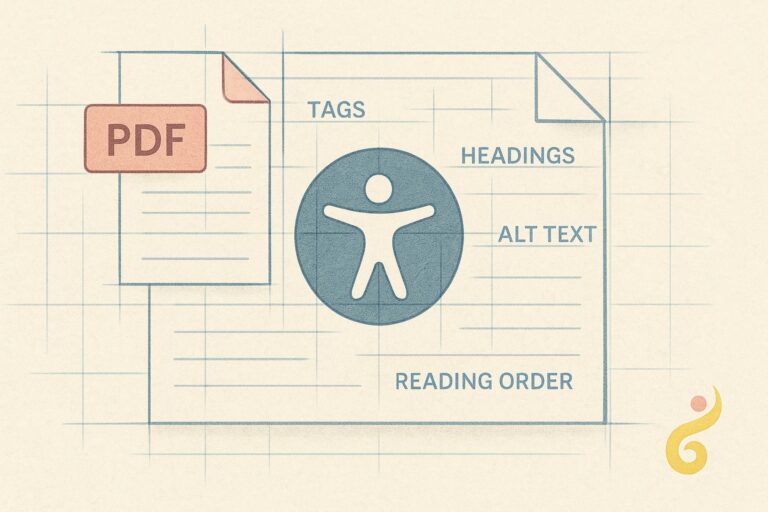🧠 M – Memory: The Context That Makes AI Human-like
Memory isn’t just remembering the last message in a chat—it’s about continuity, personalization, and the ability to evolve. Short-term memory (aka context window) is what lets AI keep up with you in real time. Models like Gemini have taken this far, holding millions of tokens at once. It’s like having a photographic memory for the current moment. Helpful? Yes. Sufficient? Not even close. Long-term memory is where the magic of agentic AI begins. It allows an agent to remember you, your goals, your tone, your history—and to adapt accordingly. It can draw on past conversations, stored knowledge, and personal preferences. That’s what makes it more than a chatbot. That’s what makes it a partner.
Effective long-term memory involves more than just storage; it requires intelligent retrieval and application. This can manifest as a personalized learning companion AI that remembers a student’s strengths, weaknesses, and learning pace from previous sessions, tailoring future lessons accordingly. For example, platforms like Khan Academy are exploring AI tutors that adapt to individual student progress over time. In a business context, a project management AI with robust memory could recall decisions made in past projects with similar challenges, flagging potential risks or suggesting proven solutions for a current endeavor. This “corporate memory” prevents repeating past mistakes and accelerates learning within an organization. Your CRM, if AI-powered, remembering a client’s entire interaction history, preferences, and even their business’s seasonal trends to suggest the perfect time for a follow-up is another prime example.
When memory works well, it enables personalization. It allows AI to spot patterns across sessions. It learns from mistakes. It can retrieve useful documents, past actions, or reminders without you repeating yourself. It’s how it keeps track of context across time, not just across prompts. Imagine a customer support agent that remembers every time you’ve contacted it, what issues you’ve raised, your preferences, and your satisfaction scores. It knows what didn’t work last time and avoids trying that again. It doesn’t just follow a script—it follows your story. Companies like Zendesk or Intercom leverage AI with memory to provide context-rich support.
Without long-term memory, AI becomes repetitive. With it, AI becomes reliable. In Generative AI for the Curious Businessperson, we explore how memory architectures—short and long—define an agent’s usefulness. If your AI forgets everything the moment a session ends, it’s not really an agent. It’s a parrot with a good attention span.
A clean and modern iconographic representation for ‘Memory’ from the SMART GEAR framework. The letter ‘M’ is the central, prominent design element. Visualize the ‘M’ as being built from or interconnected with abstract representations of data storage, such as subtle, stylized data blocks or server icons in Secondary Blue and Neutral Gray. Glowing lines or pathways in Accessory Yellow could represent retrieved information or active recall, connecting to or flowing along parts of the ‘M’. A very faint, layered visual effect behind the ‘M’ could suggest layers of past information.
The style is professional, abstract, and iconographic. Background is Primary White or Light Gray. The letter ‘M’ itself could be a solid Primary Blue or Dark Gray (Text). The overall feel should be about information retention, recall, and the depth of stored context. Aspect ratio 1:1. <<Image Courtesy of Gemini 2.5/Imagen 3>>v





